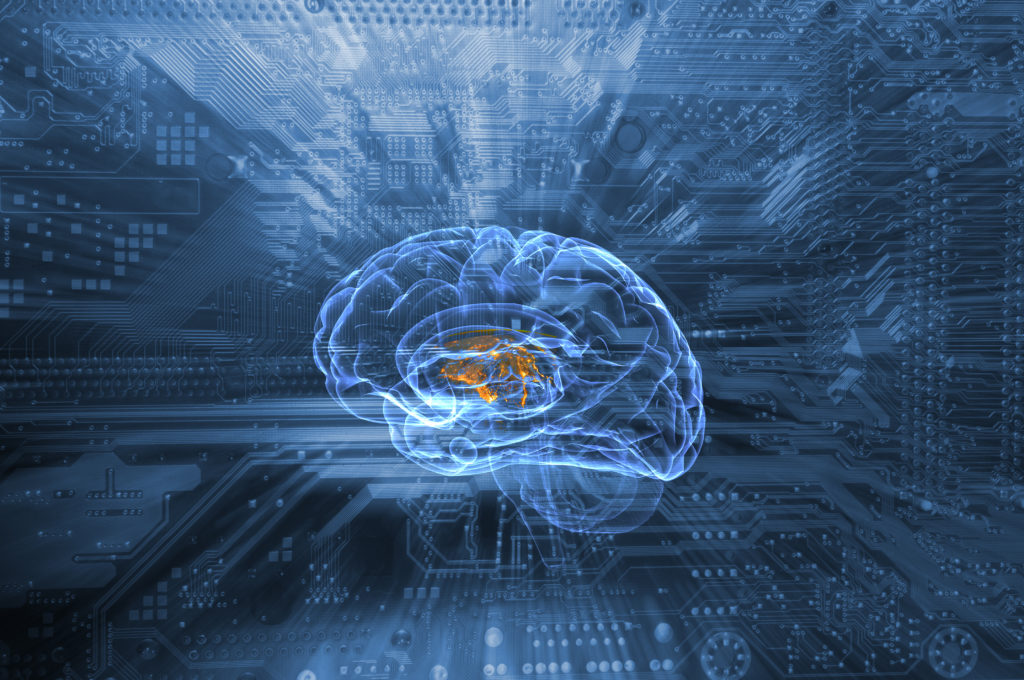As infectious diseases including Ebola and SARS emerge, they are quickly spreading throughout the globe. Despite the advances in controlling communicable diseases, many remain without a vaccine or cure including HIV, malaria and tuberculosis. New AI, or artificial technologies including proteomics, robotic surgery, genomics, cell biology, proteomics, organ therapy and stem cells are diagnosing and detecting diseases to lower the cost of treatment for chronic diseases. As a current expert on the impact of AI regarding the health industry, Whitney Blodgett is looking towards the future of this technology for advancements in the treatment, vaccines, cures and prevention of infectious diseases.
During the last decade, AI technology has influenced the healthcare industry with the following breakthroughs:
• 3D printing has been used to reproduce blood vessels, create human body parts, and print skin cells to promote the rapid healing of wounds
• Second Sight created an artificial eye to provide patients with some vision
• The impact of headaches has been minimized with the use of an implanted, small device controlled by remote
• Cataract surgery has been eliminated with an eye drop capable of dissolving cataracts
• An implant has been developed for patient’s dependent on opioids to deliver the narcotic buprenorphine to treat addiction and pain
• Insulin is delivered, and blood glucose measured with an artificial pancreas able to adjust the dosage based on the readings
• Graphene is being produced at a minimized cost for the development of cutting-edge medical devices for biomedical applications
In 1956, the term artificial intelligence was created at Dartmouth College. AI technology began to expand from 1980 through 1987, then declined until 1997. AI has been applied to everything from humanoid robots to handwriting recognition, and is currently becoming critical for the healthcare industry. The VHA, or Virtual Health Assistant sets reminders for dementia patients, so they remember to take their medication. They provide advice for common medical issues, and patients with diet restrictions receive recipes. A VHA uses data to monitor patients, provide reminders when prescriptions are due, and recommend a preventative screening.
Whitney Blodgett believes a medical diagnosis can be improved with AI, and has already been proven correct. X-rays and CT scans have been improved with an AI technology from Beijing called Infervison. Suspicious nodules and lesions are being detected early in patients with lung cancer, and tissue samples are analyzed faster. This provides a quicker and more effective treatment. An AI algorithm has been created by Stanford University researchers that can both identify and diagnose individuals with skin cancer. The technology operates by using images of lesions, rashes and moles. The technology may be available for smartphones in the future.
AI is efficiently identifying diseases in medical images including CT scans, MRI’s, x-rays and ultrasounds. This enables a quicker diagnosis, and reduces the wait for the diagnosis from weeks to hours, while accelerating available options for treatment. Virtual assistants are also reducing the wait time of patients. Patients can receive answers to their medical inquiries, send information to doctors, receive additional information, be reminded of medications and additional medical support is enabled. Physicians also use virtual assistants in the tracking and implementation of their orders, and ensuring their patients are prescribed the correct medications.
AI has the capacity to improve the outcome of patients by thirty to forty percent, and cut of cost of treatments by approximately half. The efficiency and precision of AI decreases human errors, and less doctor visits are required. Doctors can help prevent patients from being re-admitted to the hospital by receiving information regarding the risk of specific diseases.
AI additionally has the potential to save the healthcare industry billions of dollars. The expectation is a savings of $150 billion by 2026 in the United States. This is partially die to the ability of AI to design plans for treatments. The database is searched by the physician, and AI collects the patient information, orders prescriptions and tests, records the diagnosis and searches the public databases. This provides a lower cost for a better treatment.
